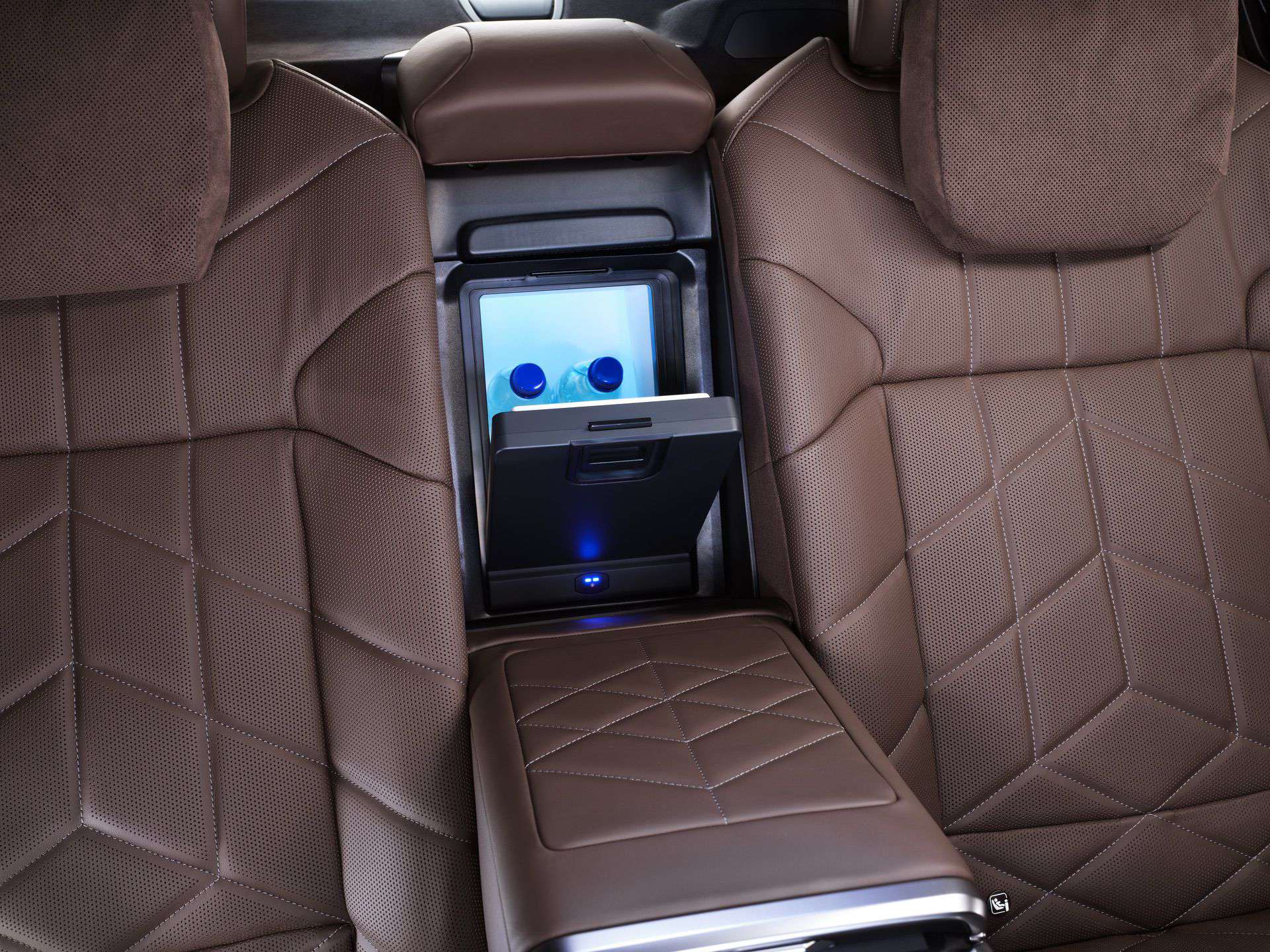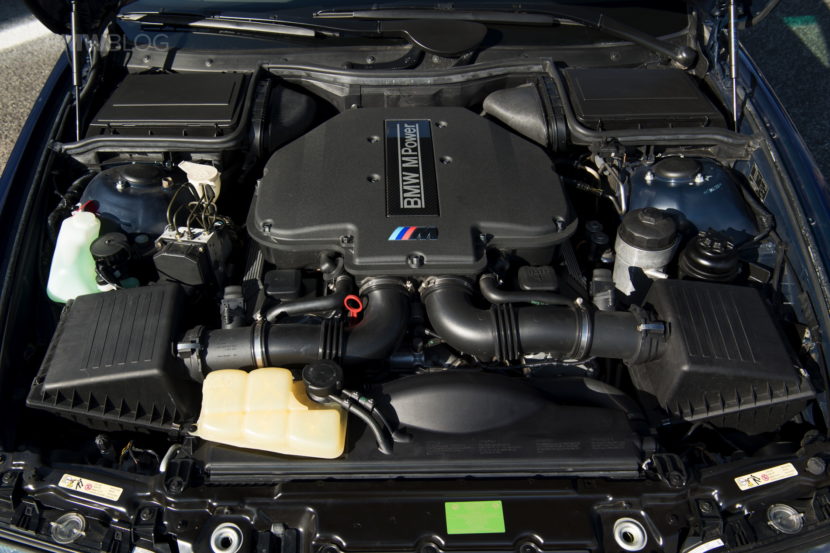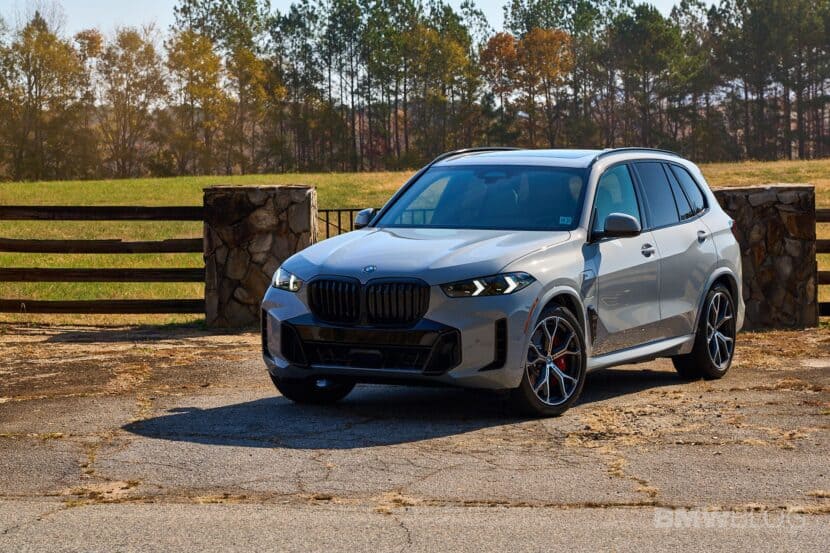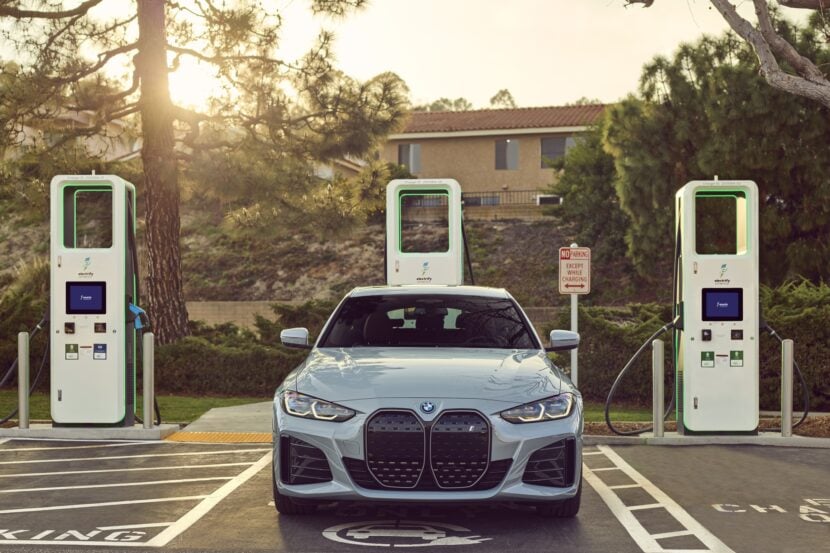Leather has been a staple for luxury vehicles for nearly a century. BMW has offered leather since at least the 1930s and probably before. In the early days, leather upholstery was a substantial upcharge from run-of-the-mill cloth, as much as almost 10 percent of the vehicle’s MSRP. That’s some serious cash for something that some people pay no attention to and others are downright opposed to.
While leather has become less expensive today, and still comes standard on some higher-end models, it’s a more divisive subject than ever. So, why are people divided? And should we still be shopping for leather interiors in our BMWs? I don’t have all the answers. But I can shed some light on why BMW’s interest in pursuing synthetic leather hasn’t waned, even decades after its introduction.
The Case For Leather

For people who live in especially hot climates, calling leather luxurious might raise some eyebrows. But generally, leather is viewed as more comfortable than cloth, as it offers more support and bolstering while also retaining heat better in cold weather. Some automakers even vault options like heated and ventilated seats behind leather upholstery – something BMW has been guilty of.
Leather upholstery is also more durable than cloth and easier to clean. No stains here – and your dog is less likely to puncture a leather seat than a cloth one. Speaking of dogs, cleaning hair and dirt out of a cloth-upholstered vehicle is a bit more headache than a vehicle with leather seats. The same goes for odors – spilling something particularly putrid in a vehicle with cloth chairs can be a literal never-ending battle. While no more enjoyable, getting a leather-adorned car smelling fresh is a little easier.
The Case For Synthetic Leather

Since 1975, BMW has offered synthetic leather upholstery alongside real leather upholstery. It has been marketed in several ways: vinyl, synthetic leather, SensaTec, Sensafin, and, most recently, vegan leather. While the production and quality have changed over time, the benefits have remained mostly static.
The big draw of synthetic leather is that it offers all the same advantages as leather while being marketed as a more sustainable option. As it doesn’t rely on an animal product, that’s hard to dispute – although some synthetics do use non-renewable resources like petroleum products. BMW’s vegan interiors – at least since 2023 – do not. Synthetic leather production also avoids the pitfalls of other environmental concerns that leather presents, like deforestation and wastewater disposal from tanneries.
While good synthetic leathers – like the ones found in BMW vehicles – are very close to perfectly replicating real leather, not all drivers are convinced. Luxury vehicles like BMWs are all about the experience, and some consider the distinct smell of leather part of that. The same goes for the feel and look. Others contend that it’s simply another minor cost cut that can help grow profit margins.
Cashmere
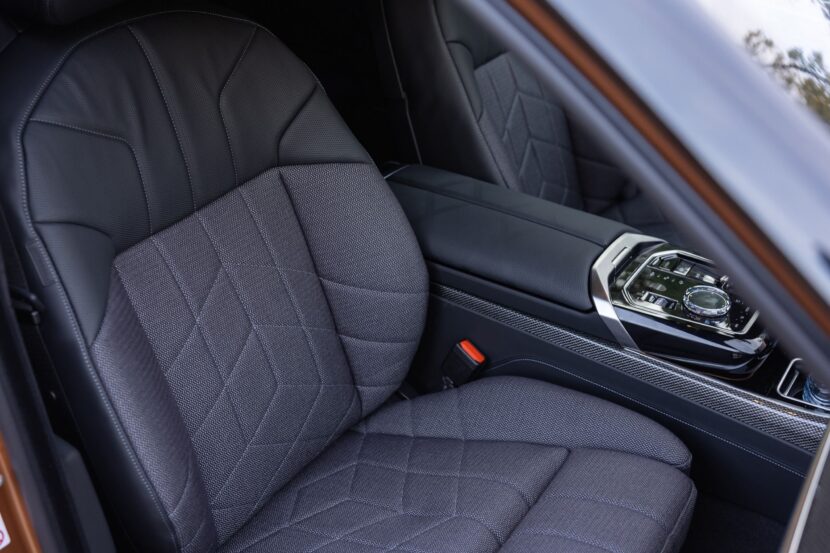
The BMW 7 Series, particularly in its latest iterations, has introduced a luxurious and unique interior option that blends cashmere wool with traditional leather upholstery. This offering is part of BMW’s Individual customization program and is available in the i7 model. The cashmere blend is presented as an upgrade, combining the softness and warmth of cashmere with the durability and luxury of leather.
Just like with other upholsteries, the choice of cashmere represents a significant shift in luxury car interiors, moving away from traditional all-leather setups to include materials that offer a different kind of opulence. Cashmere, known for its delicate texture, has been adapted by BMW to ensure it withstands the rigors of automotive use while providing a plush and cozy feel.
Old World vs. New

There’s another divide that further complicates the issue of leather in BMW interiors: the Atlantic Ocean. The American market almost requires leather thrones in its luxury vehicles. Competing domestic vehicles like the Cadillac Escalade and GMC Denali models offer standard leather and don’t seem to have any reason to stop anytime soon.
In Europe, there seems to be a little less demand for leather – ignoring, of course, the leather upholstery that comes standard in luxury vehicles from Jaguar and Land Rover. BMW’s more diverse portfolio across the pond means a lower barrier to entry, though, and with that, less necessity for leather. For example, the 3 Series comes standard with a cloth interior that isn’t even available in the US.
So – Are We Buying Leather, Or Not?

Not to open a can of worms, but BMW is attempting to make real leather as sustainable as possible. Measures taken include signing the Deforestation Free Call to Action, which signals a commitment to deforestation-free leather supply chains worldwide by the end of the decade. They’ve ramped up the use of chrome-free tanning agents, instead using olive-tanned leather (as seen in the BMW iX). BMW also commits to the 3Rs principle (reduction, refinement, replacement) and several other animal welfare initiatives.
In the US, BMW vehicles are exclusively considered luxury vehicles. By definition, they’re a bit extravagant. Leather upholstery is a component of that. BMW claims that using leather-free surfaces while producing steering wheels reduced CO2e emissions by around 85 percent, with 80 percent of those emissions coming from methane gas from cattle rearing. So, it’s hard to argue that it’s not a more sustainable option.
Like the internal combustion/EV debate, some people simply aren’t ready to make the switch. I don’t think BMW is ready to ditch leather completely. But, I expect to see costs rise and the take rate diminish. Especially if they introduce good cloth/suede/microfiber alternatives. Personally? I’ll take a good Anthracite Impulse or Speed Cloth over leather any day of the week.


